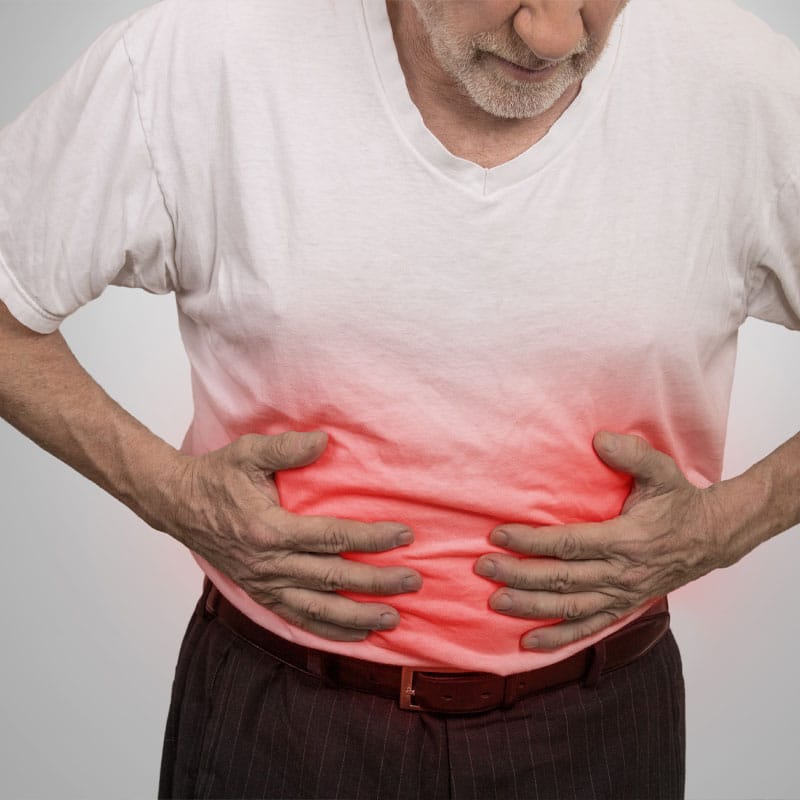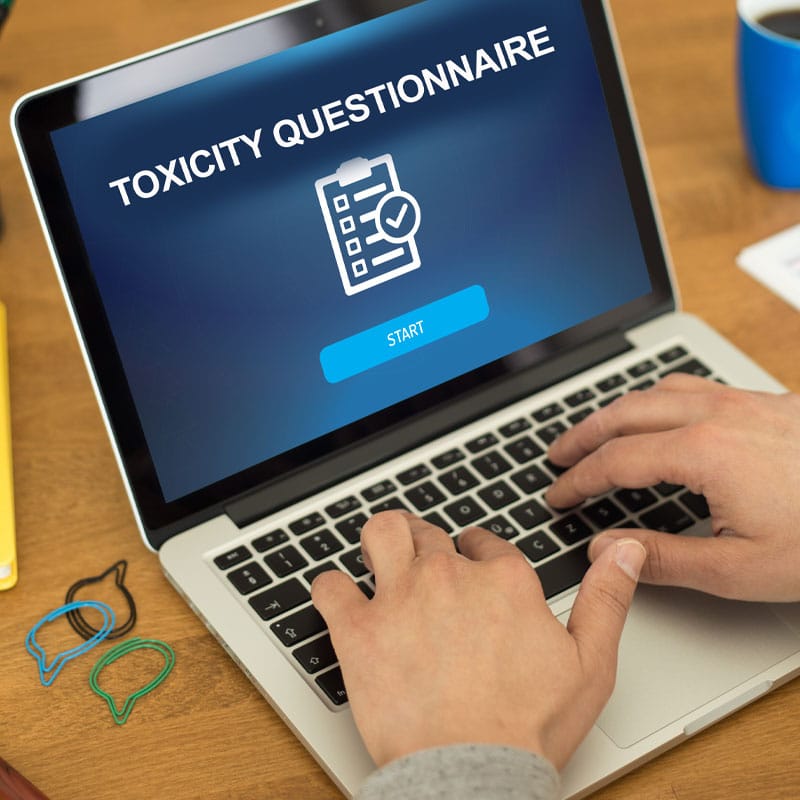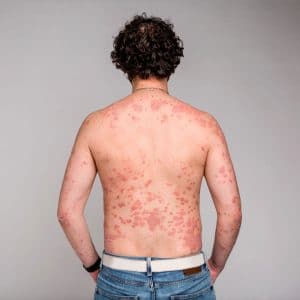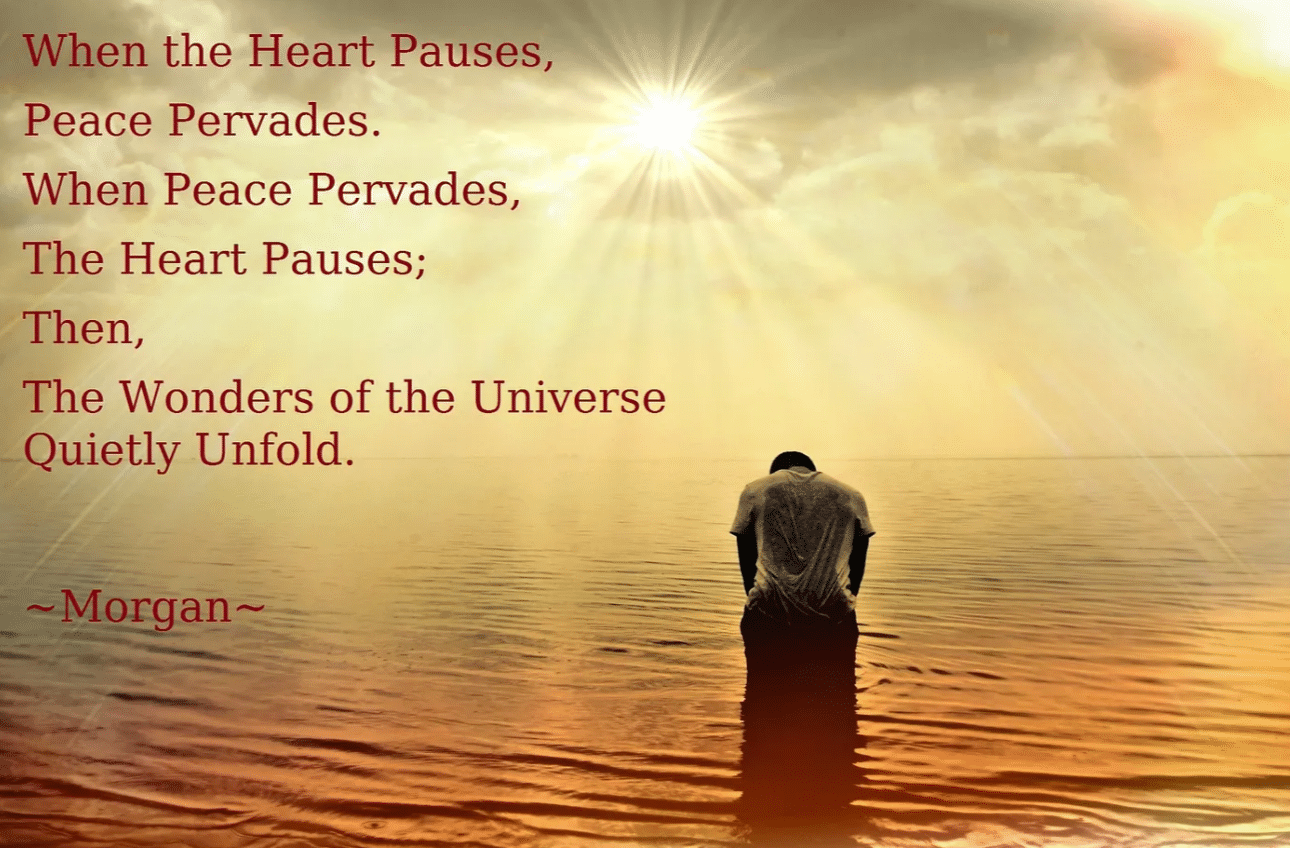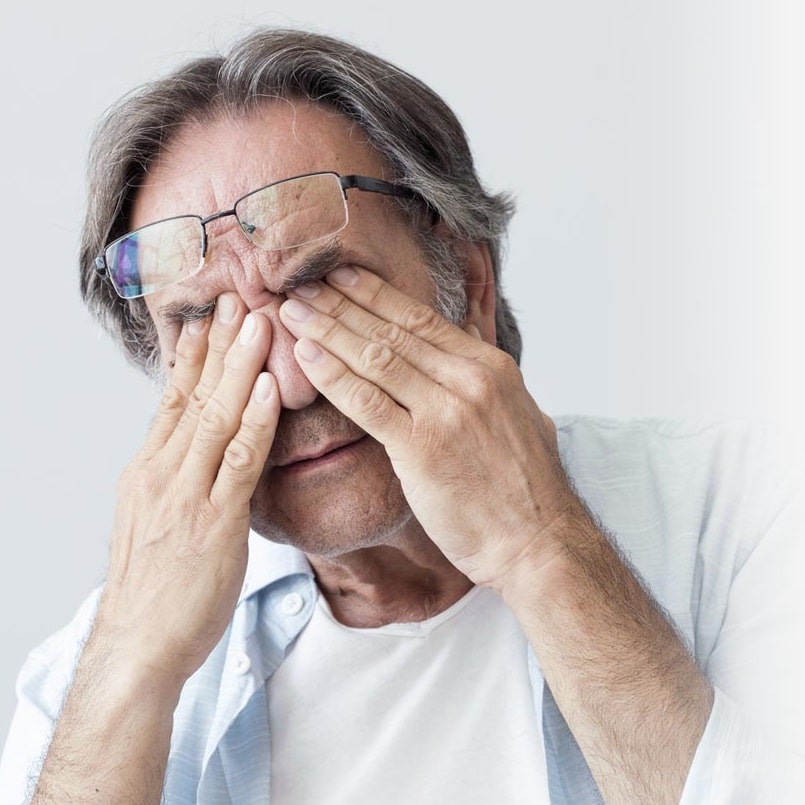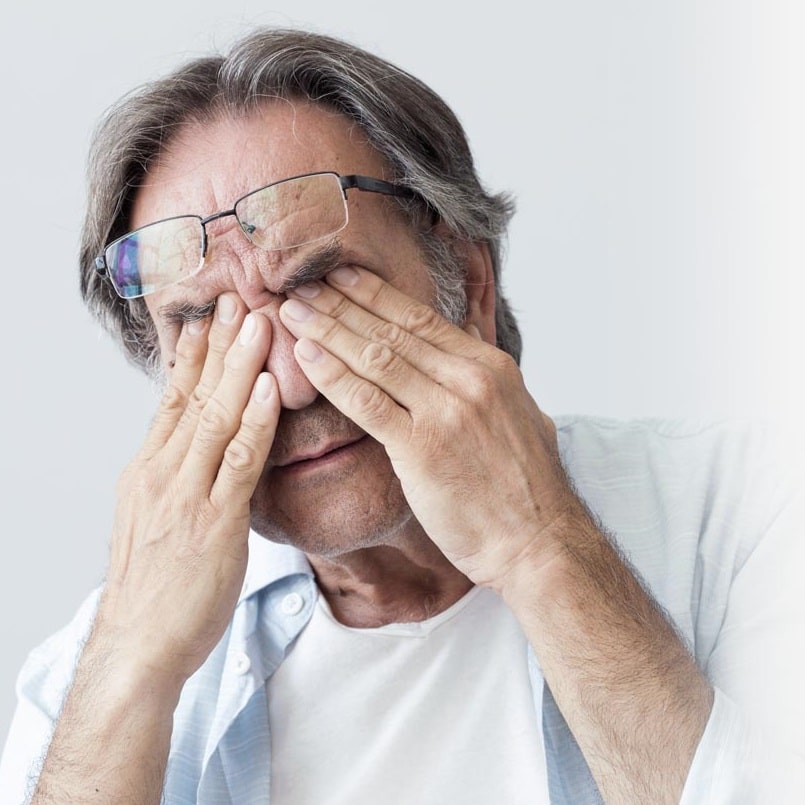Post traumatic stress disorder (PTSD) develops when an individual experiences a dangerous, shocking, scary, or traumatic event. During a stressful situation, it is normal to experience fear. Fear triggers numerous changes in the body. The flight or fight response is a natural reaction designed to protect you from harm. The reaction to trauma can vary from individual to individual; however, after the trauma has passed, most people will stop experiencing any symptoms.
Post traumatic stress disorder can occur when an individual is subjected to a trauma like war, fire, accident, crime, abuse of any type, or the death of a loved one. After the danger has passed, the memories and thoughts that were occurring at the time of the trauma continue to affect the individual. It is estimated that around 8 percent of the population will experience PTSD during their lifetime. Furthermore, women are more likely than men to be affected by Post Traumatic Stress Syndrome.
Post Traumatic Stress Disorder Symptoms
In most cases, the symptoms of PTSD begin within three months of the trauma or event; however, they can occur later. The symptoms of PTSD typically fall into four categories. The severity of the symptoms can vary based on the trauma experienced.

- Avoiding reminders of the event. Individuals may avoid people, places, or things that could trigger the memory of the event.
- Intrusive thoughts, including flashbacks or dreams of the traumatic event. These flashbacks and dreams may be so vivid the individual thinks they are reliving the trauma.
- Negative thoughts or feelings of yourself or others (I am bad, I cannot trust anyone). The individual may have no interest in activities they once enjoyed or feel detached from others.
- Reactive symptoms including angry outbursts and self-destructive activities. Individuals may experience insomnia or have difficulty concentrating.
Risk Factors for PTSD
Although researchers have not found the reason why some individuals develop PTSD and others don’t, there are some risk factors that can increase the likelihood of developing PTSD.
- Experiencing additional issues following the traumatic event (i.e. a death of a loved one, an end of a relationship or a loss of a job)
- History of substance abuse or previous mental health problems
- Lack of support from friends and family following a trauma
- Past history of abuse (physical, emotional, or sexual)
- Poor physical health prior to the trauma
PTSD Treatment Options
Each individual experiences trauma differently and can have a different set of symptoms. Furthermore, the length of time that an individual experiences symptoms can vary. Treating PTSD treatment is tailored to each individual. The recovery typically involves medication, talk therapy, and cognitive behavioral therapy. Common PTSD treatment options include:
- Functional Medicine – Functional medicine doctors help identify the root causes of your PTSD symptoms and develop a personalized treatment plan to address your physical and emotional ailments.
- Homeopathy – Homeopathy remedies are used to heal the body, mind and spirit. They help ease the PTSD symptoms without any harmful side effects or addictions.
- Alternative Therapies – Some individuals have found that acupuncture can help relieve or reduce the symptoms of PTSD. Acupuncture causes endorphins to be released in the body, which can decrease PTSD symptoms.
- Cognitive Processing Therapy – This therapy works to modify negative beliefs and emotions caused by the trauma. Cognitive processing therapy can use tapping and other techniques to help the individual cope in stressful situations.
- Prescription Medications – There is a variety of medications that can be used to help decrease the severity of PTSD symptoms. Antidepressants are often prescribed to lower anxiety levels, reduce nightmares, and relieve insomnia in individuals suffering from PTSD.
- Group Therapy – Group therapy allows survivors to come together and share their experiences and reactions. This helps individuals see that they are not hopeless and other individuals reacted the same way.
- Prolonged Exposure Therapy – This therapy uses triggers in a controlled environment to help the individual face the trauma and learn to cope with the triggers.
- How We Can Help?
If you have been involved in a traumatic event, it is natural to experience anxiety, concentration difficulties, sadness, and other symptoms of PTSD following the a traumatic event. Overcoming the effects of a trauma takes time. However, if any of the following occur, seek out medical assistance immediately:

- Severe symptoms that interfere with day to day life
- PTSD Symptoms lasting longer than one month
- Thoughts of harming yourself or others
Our team of highly qualified integrative practitioners have the experience and knowledge to help you navigate through post traumatic stress disorder. PTSD treatment requires addressing both the psychological and physiological symptoms. It will take time to recover from PTSD; however, it is possible. Healing does not mean forgetting; healing involves learning how to cope with the trauma and learning to enjoy life once again.
Our practitioners use a holistic approach and believe in treating the whole patient. Each member of our staff understands the intricacies associated with emotional disorders and provide the support that you need to regain your emotional health.



